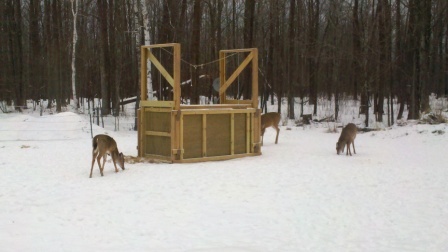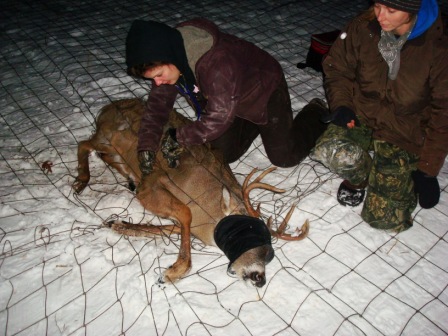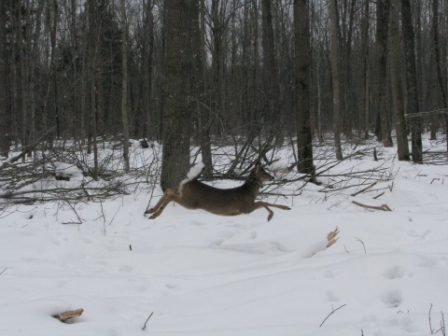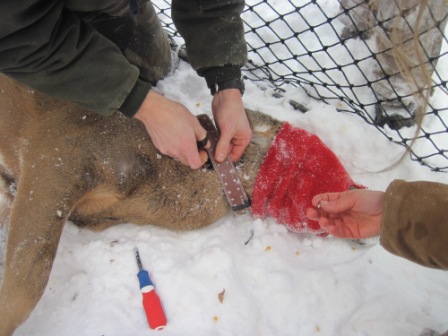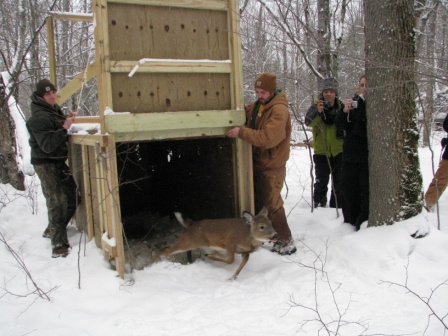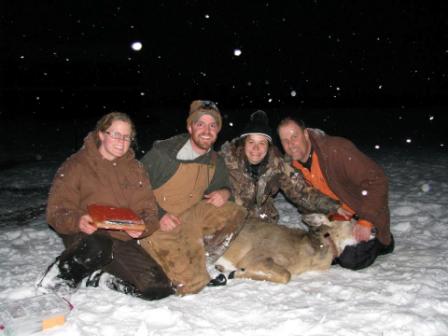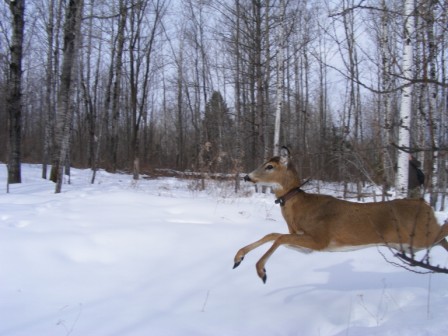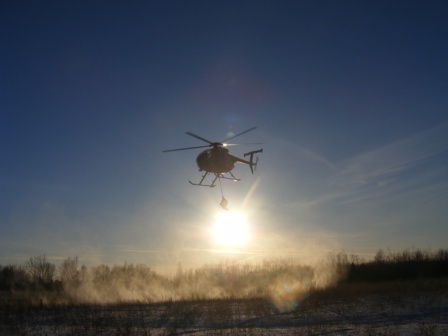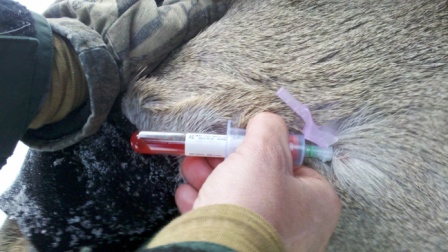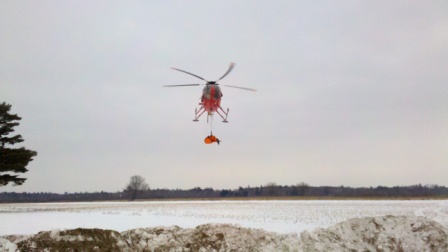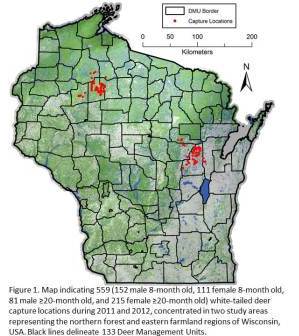Adult deer survival
Ph.D. Student: Andrew Norton
Project Title: Integrating known fates auxiliary data into an age-at-harvest population model for white-tailed deer in Wisconsin
White-tailed deer (Odocoileus virginianus) management in North America has been considered both a constant source of controversy and one of wildlife’s greatest conservation success stories, which has likely been driven by dynamic population trends and management philosophies. Controversy surrounding deer management in Wisconsin is matched by few if any other provinces or states in North America despite the fact that white-tailed deer populations in Wisconsin are likely better understood than most other states and many other game species. While population estimates do create controversy, they also provide credibility and defensibility for white-tailed deer management decisions. Deer population estimates in forested landscapes, like Wisconsin, are typically obtained via harvest data because adequately large, unbiased annual samples from visual observations and counts are unrealistic given state agency budgets. The Wisconsin Department of Natural Resources (WI DNR) currently relies on the Sex-Age-Kill (SAK) model to provide population estimates for individual management units. Recent evaluations of model performance suggest accuracy would be most notably improved by collecting field data required for objectively estimating and monitoring trends in adult survival parameters. The Van Deelen Lab, in collaboration with the WI DNR has embarked on a research project that will follow the fates of >600 radiocollared adult deer between 2011-2015 in Wisconsin to obtain data used to evaluate abundance estimates provided by the SAK model. In addition these data can augment parameter estimates used for alternative, potentially superior, harvest based integrated population models.

